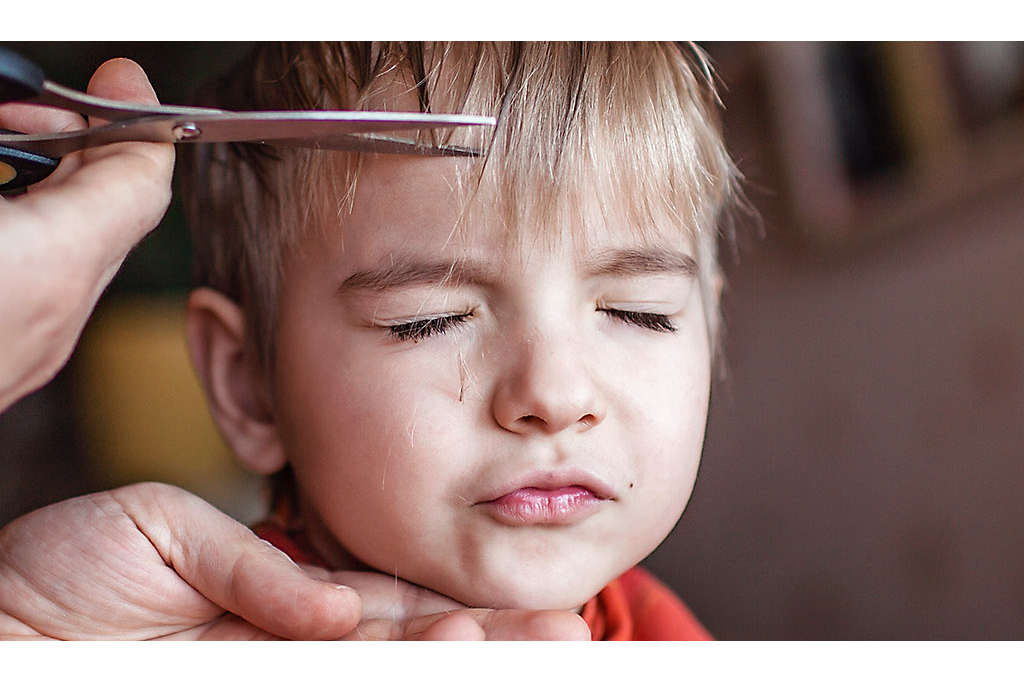How much does a baby cost in the first year?
Ever wonder how much it costs to raise a child? Expenses start to add up even before a baby is born. Learn how much you can expect to spend during the first year of your child’s life.
QUICK LINKS

Monthly child expenses
Admit it. Babies are cute, but they come with a big price tag. According to USAFacts.org, as of 2022 the average middle-income family could expect to spend between $16,007 and $17,141 on child-related expenses each year.1 For newborns, the cost can be even higher. When you factor in healthcare (including birth), some estimates point to spending anywhere from $9,300 to $23,380 per child, depending on location and household income.2
Beyond the general items, like a stroller, a crib, or a car seat, here are some estimates of what you can expect to shell out in your baby’s first year.
Expenses prior to birth
Some significant purchases are required in advance of your baby's birth. There's no established list of necessary items, but you'll probably invest in a bassinet, bottles, clothes, and a carrier for when your child arrives. There’s also the cost of prenatal care, which varies depending on where you live but needs to be taken into account. Costs can span a wide range, but budget a minimum of $1,000 to cover what you'll need at the start.
Month 1—The biggest baby expenses
The first month of your baby's life may be the priciest, because it includes maternity care, the cost of delivery, postnatal care, and a hospital stay.
The numbers can vary depending on where you live, what kind of birth you have, and your insurance policy. The average cost of giving birth is $18,865, but those with employer-sponsored health insurance pay an average of $2,8543.
Months 2 and 3—Feeding and daily care expenses
Figuring out a sleep routine is the biggest challenge here. The good news is that babies usually don't require much beyond breast milk or formula and diapers at this point. If you're breastfeeding, your costs will be lower (aside from the one-time expense of a pump, which costs anywhere from $40 to $185), while powdered formula could cost you $400 to $800 a month if your baby is exclusively formula-fed.2
Add about $60 for bottles and $75 for the monthly diapers and wipes you'll go through. There are vaccinations your baby should get and a couple of visits to the doctor during these months, which should be budgeted for as well. It's also time to start assessing your future financial goals. Estimated monthly amount: $300 (unless your baby is exclusively formula-fed).

Month 4—Monthly childcare expenses
If you return to work after the baby is born, childcare could take up the lion's share of your budget starting this month. According to Care.com data, weekly childcare costs have risen significantly over the past six years.
The average monthly childcare cost for one infant is $3,190 for a nanny, $1,230 for a daycare center, or $992 for home daycare.4 These costs vary among states, and each family's arrangement with its provider, but a budget should be in place if you need care for your child while you work. Estimated monthly amount: $2,260.
Months 5 and 6—Expenses as your baby grows
Sometime around the five-month mark, the baby reaches a milestone in development and begins eating solid foods. Parents often start with purees, which you can easily make yourself. Compared with food for older kids, babies still get the bulk of their calories from milk or formula. But plan on spending roughly $50 a month on foods like applesauce, oatmeal, and avocados.
Your growing baby is fitting into new clothes on a regular basis now. Baby clothes are the most common gift that new parents receive, but the average cost of clothes is around $50 a month for the first year. Using hand-me-downs or shopping at second-hand clothing stores can help you save in this area. Estimated monthly amount: $1,100
Months 7, 8, and 9—Baby safety expenses kick in
Babies typically begin crawling around this age, so this is the time to put up safety gates, install door locks and knob covers, and outlet plugs. Babyproofing can cost anywhere from $100 to $1,000, depending on the size and layout of your home. Estimated monthly amount: $1,200.
Months 10 and 11—Babysitting expenses
By this time, you may be thinking about a babysitter, maybe for a few hours here and there or to give you and your spouse an occasional night out. If you don't have a friend or family member to watch your child, you may need to add babysitting to your childcare budget.
According to data by SitterCity.com, the typical national hourly rate of babysitters in 2023 is $20 an hour to care for one child. But the average doesn’t necessarily tell you what you’ll pay a babysitter in your specific area, nor does it factor in considerations like the regularity of babysitting work that you may be offering and the duties that may be required.5 Estimated monthly amount for a babysitter: $975.
Month 12—First year of child expenses comes to an end
Congratulations, you made it through your first year of parenting! By this point, you should have an idea of what's needed in your monthly baby budget, so hopefully there won't be any surprise expenses. As you prepare for the second year, start looking at ways you can save on childcare and new items you'll need. And plan for an additional $50 this month to treat yourself to a celebration. Estimated monthly amount: $1,300.

The benefits of life insurance for children
Now that you’re a parent, it's worth knowing that child life insurance, can give your child an invaluable head start. It offers many of the same benefits as regular whole life insurance for adults but has lower premiums. The benefits include:
- Lifetime protection
A life insurance policy purchased for your child can provide death benefit protection into adulthood. - Cash value that grows
A child’s life insurance policy will accumulate cash every year, and your child can access it to help with future purchases and expenses, such as college tuition, a down payment on a home, or retirement. Accessing cash value will reduce the death benefit and available cash surrender value. - Tax advantages
Cash value accumulates tax-deferred and can be accessed generally income tax free, if the policy is structured properly. - Low premiums
With this type of permanent life insurance, it’s possible to lock in the premium for life at the child’s current age. - Guaranteed future insurability
Once the policy has been issued, coverage cannot be canceled as long as all required premiums are paid.
Having a baby can be an amazing journey filled with excitement and wonder. While variables around geography, childcare needs, and insurance coverage may impact how much you spend on your child, there are clear advantages to working with a New York Life agent early on to develop a financial strategy for your child.
As your family grows, so do your needs.
Learn how we can help you meet your retirement goals and prepare for your family's future.
RELATED CONTENT
A New York Life financial professional can help determine what’s right for you.
Thank you for subscribing!
1“How Much Does It Cost to Raise a Child?” USAFacts.org, July 19, 2022. USAFacts.org
2Haley Longman, “How Much Does It Cost to Have a Baby?” BabyCenter.com, June 21, 2022. BabyCenter.com
3Elizabeth Rivelli, “How Much Does It Cost to Have a Baby? 2023 Averages,” Forbes Advisor, March 1, 2023.
4Amy Cassell, “How Much Does Daycare (or a Nanny) Cost?” Care.com, September 12, 2023.
5“What’s the Average Going Rate for Babysitters and Nannies?” SitterCity.com, June 30, 2023. SitterCity.com






